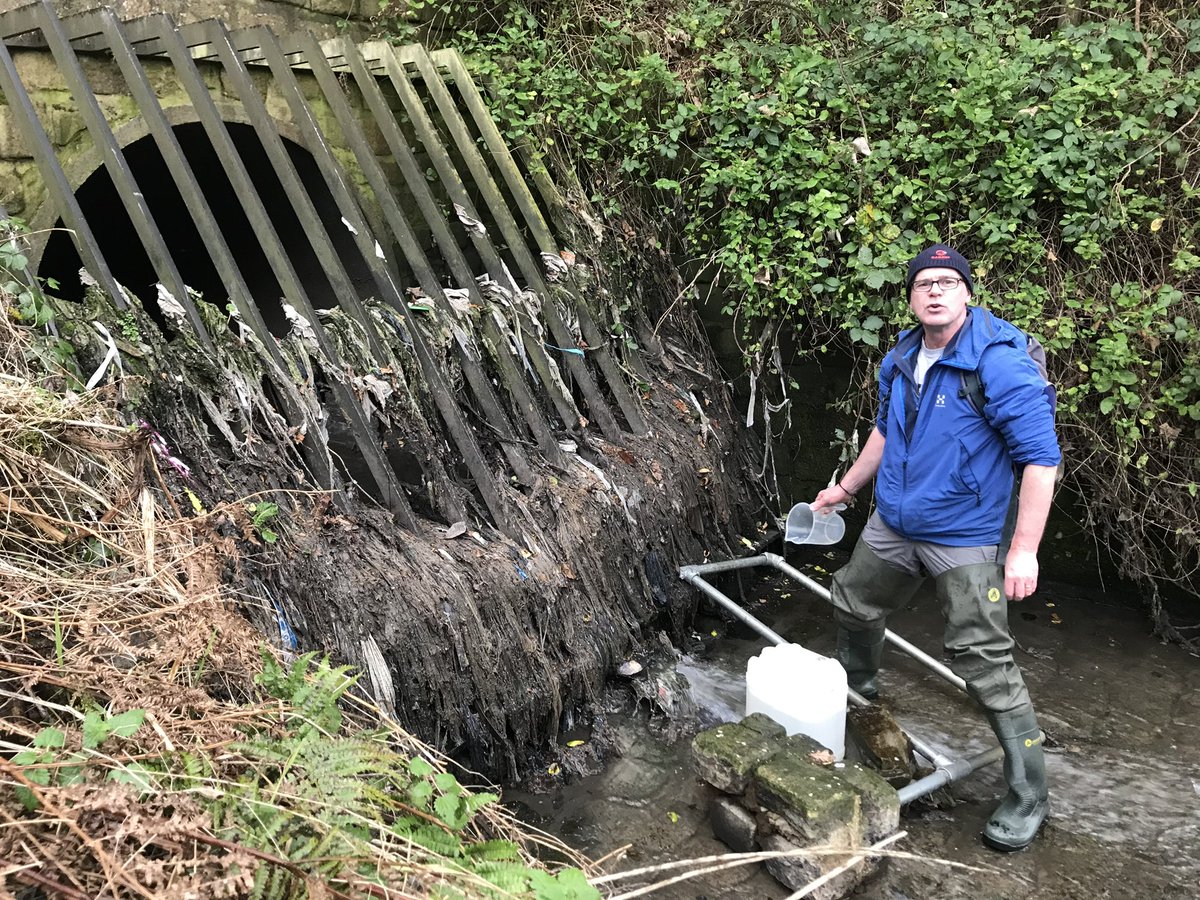
Before Brexit the UK was signed up to the water framework directive requiring EU nations to ensure their waters achieved “good” chemical & ecological status by 2027. @DefraGovUK & @EnvAgency have shifted this target to 2063! We must fight this in 2023. amp.theguardian.com/environment/20… 

Abject failure @theresecoffey @pow_rebecca
“Not one English waterway, including rivers, lakes, estuaries & coastal waters is in good ecological & chemical health at present, with pollution from water treatment plants & agriculture the key sources of the damage.” @sandralaville
“Not one English waterway, including rivers, lakes, estuaries & coastal waters is in good ecological & chemical health at present, with pollution from water treatment plants & agriculture the key sources of the damage.” @sandralaville
Here’s this story @thetimes: “Target for cleaning up most waterways pushed back to 2063” by @rhysblakely thetimes.co.uk/article/target…
Allowing water companies to discharge untreated wastewater into our rivers and seas undermines all of the UK government’s pledges on microplastics @michaelgove @theresecoffey
Sewage outfalls are the main supplier of #microplastics to our rivers nature.com/articles/s4189… 👇👇👇
Sewage outfalls are the main supplier of #microplastics to our rivers nature.com/articles/s4189… 👇👇👇

This point was made very clearly during the Environment Bill debate in October 2021 @UKHouseofLords. When water companies dump sewage they contaminate our rivers and seas with trillions of #microplastics and other contaminants: #EndSewagePollution
https://twitter.com/uomnews/status/1450765468130811907
• • •
Missing some Tweet in this thread? You can try to
force a refresh

















